Dry rice is a staple food in many households around the world. It is versatile, easy to cook, and can be stored for long periods. However, many people wonder whether dry rice can go bad over time. In this article, we will explore whether dry rice can go bad and how to store it properly to ensure its longevity.
What Causes Rice to Go Bad?

Rice can go bad due to various reasons such as:
- Moisture
- Pests
- Air
- Temperature
Moisture can cause rice to spoil quickly. Pests such as weevils and moths can also infest dry rice. Air and temperature can affect the quality of rice and cause it to go rancid.
How Long Does Dry Rice Last?

Dry rice can last for a long time if stored properly. White rice can last up to 5 years, while brown rice can last up to 6 months. However, the shelf life of rice depends on various factors such as:
- The type of rice
- The storage conditions
- The packaging
How to Tell if Dry Rice is Bad?

Dry rice that has gone bad may have a strange smell or taste. It may also have a moldy or discolored appearance. Additionally, if you notice any insects or bugs in your rice, it may have gone bad.
How to Store Dry Rice?

To ensure that dry rice lasts for a long time, it is essential to store it properly. Here are some tips for storing dry rice:
- Store rice in an airtight container
- Store rice in a cool, dry place
- Do not store rice in a humid area
- Do not store rice near strong-smelling foods
Can You Eat Rice That Has Gone Bad?
Eating rice that has gone bad can be harmful to your health. Moldy rice may contain mycotoxins that can cause food poisoning. Additionally, eating rice that has been infested with insects can also be harmful to your health.
Conclusion
In conclusion, dry rice can go bad due to various reasons. However, if stored properly, rice can last for a long time. It is essential to store rice in an airtight container in a cool, dry place. If you notice any strange smells, tastes, or appearances in your rice, it may have gone bad and should not be consumed.
Related video of Does Dry Rice Go Bad?

David Bowie was a legendary musician, actor, and icon known for his unique style and distinctive voice. One of the most common questions asked about Bowie is whether he had two different colored eyes.
The Answer
The answer is yes, David Bowie had two different colored eyes. His left eye was blue, while his right eye was a darker shade of brown, almost appearing to be black. This condition is called heterochromia iridis.

What is Heterochromia Iridis?
Heterochromia iridis is a rare condition that affects the iris, the colored part of the eye. It is characterized by having two different colored eyes or different colors within the same iris. This condition is often genetic and can also be caused by injury or disease.
Bowie's Experience with Heterochromia Iridis
Bowie's heterochromia iridis was a result of a medical condition called anisocoria. This condition caused his left pupil to remain permanently dilated, giving the appearance of a larger blue eye. Many people mistakenly believe that his eyes were two different colors due to the different shades of his irises, but it was actually due to the size difference of his pupils.

Bowie's Unique Style
Bowie's unique appearance and style have made him an icon in the music and fashion industries. His heterochromia iridis added to his distinctive look and helped to solidify his status as a cultural icon.

Celebrities with Heterochromia Iridis
Bowie is not the only celebrity to have heterochromia iridis. Other famous people with this condition include Mila Kunis, Kate Bosworth, and Christopher Walken.

The Legacy of David Bowie
Although David Bowie passed away in 2016, his legacy continues to inspire and influence people around the world. His music, fashion, and unique style will always be remembered and celebrated.

In Conclusion
David Bowie had two different colored eyes as a result of the medical condition anisocoria, which caused his left pupil to remain permanently dilated. This condition gave him a unique appearance that added to his already distinctive style and helped to cement his place as a cultural icon.
Related video of Does David Bowie Have Two Different Colored Eyes?
Bladder infection or urinary tract infection (UTI) is a common problem among women. The symptoms of UTI include burning sensation while urinating, frequent urination, and cloudy urine. Cranberry juice is often suggested as a home remedy for bladder infections. But does it really work? Let's find out.
What is Cranberry Juice?

Cranberry juice is made from cranberries, which are small red berries that grow on evergreen shrubs in North America. Cranberries are a rich source of antioxidants and contain compounds called proanthocyanidins, which are believed to prevent bacteria from sticking to the walls of the bladder.
How Does Cranberry Juice Help Bladder Infections?
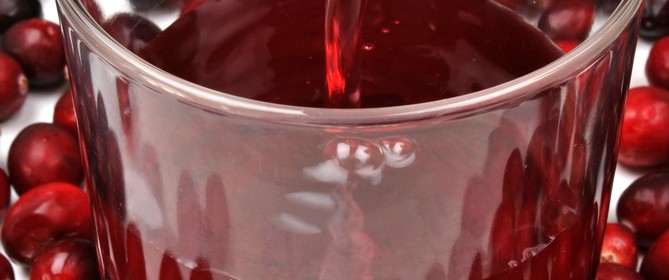
When bacteria enter the bladder, they attach themselves to the bladder walls and multiply rapidly. This leads to inflammation and irritation of the bladder lining, causing the symptoms of UTI. The proanthocyanidins in cranberry juice prevent the bacteria from sticking to the bladder walls and flush them out of the bladder through urination.
What Does the Research Say?

Several studies have been conducted to determine the effectiveness of cranberry juice in preventing and treating UTI. A review of 24 studies found that cranberry products may reduce the risk of UTI in women with recurrent UTIs. Another study found that cranberry juice may be effective in reducing the number of UTIs in women who have a history of UTIs.
How Much Cranberry Juice Should You Drink?
The recommended dose of cranberry juice for preventing and treating UTIs is 8-16 ounces (240-480 milliliters) per day. It is important to choose unsweetened cranberry juice or cranberry juice concentrate to avoid consuming large amounts of sugar.
Are There Any Side Effects?
Cranberry juice is generally safe for most people. However, consuming large amounts of cranberry juice may cause stomach upset, diarrhea, or kidney stones in some individuals. It is important to consult a healthcare provider before consuming large amounts of cranberry juice if you have a history of kidney stones or are taking blood-thinning medication.
Conclusion
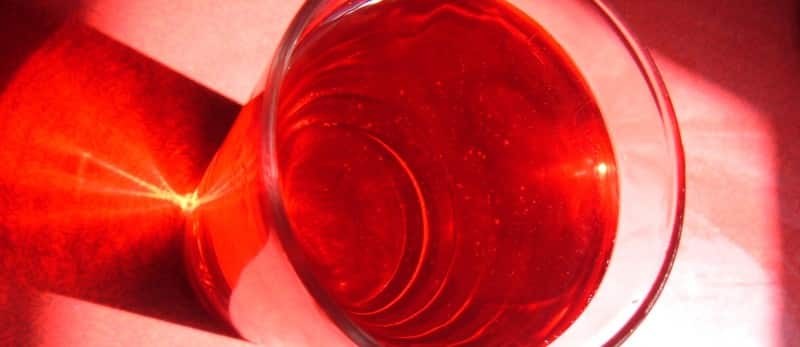
Cranberry juice may be an effective home remedy for preventing and treating bladder infections. The proanthocyanidins in cranberry juice prevent bacteria from sticking to the bladder walls and flush them out of the bladder through urination. However, it is important to consume cranberry juice in moderation and consult a healthcare provider before consuming large amounts of cranberry juice.
Related video of Does Cranberry Juice Really Help Bladder Infections?

Cracking joints is a common phenomenon that many people experience. This can happen while bending, stretching, or even just sitting in one place for a long time. However, there is a common belief that cracking joints can lead to arthritis. Is there any truth to this belief? Let's find out.
What is Arthritis?

Arthritis is a condition that affects the joints, causing pain and inflammation. There are over 100 types of arthritis, including osteoarthritis, rheumatoid arthritis, and psoriatic arthritis. The most common type of arthritis is osteoarthritis, which occurs when the cartilage that cushions the joints wears down over time. This can cause the bones to rub against each other, leading to pain, stiffness, and swelling.
What Causes Cracking Joints?
Cracking joints occur when the gas bubbles in the synovial fluid that surrounds the joints pop. Synovial fluid is a lubricating fluid that helps to reduce friction between the joints. When the joints are stretched or moved, it causes a change in pressure that can cause the gas bubbles to pop, resulting in a cracking sound.
Is Cracking Joints Harmful?
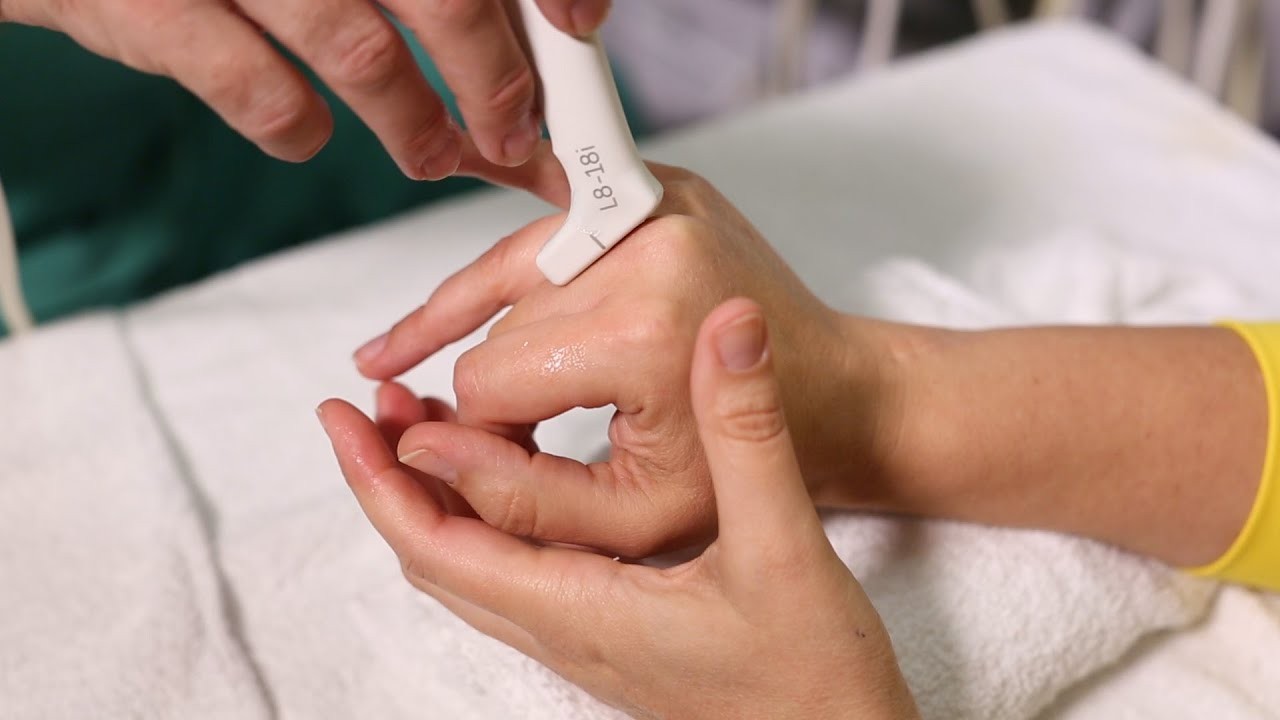
Cracking joints are generally not harmful. It is a harmless habit that many people have, and it does not cause any damage to the joints. However, excessive cracking of joints can be a sign of an underlying problem. If you experience pain or discomfort while cracking your joints, it is best to consult a doctor.
Is There a Link Between Cracking Joints and Arthritis?
/143073207-56a6d9b13df78cf772908c6b.jpg)
There is no scientific evidence to suggest that cracking joints can lead to arthritis. In fact, several studies have shown that there is no link between cracking joints and the development of arthritis. However, some studies have suggested that people who crack their joints frequently may be more likely to develop joint problems later in life.
What Are the Risk Factors for Arthritis?
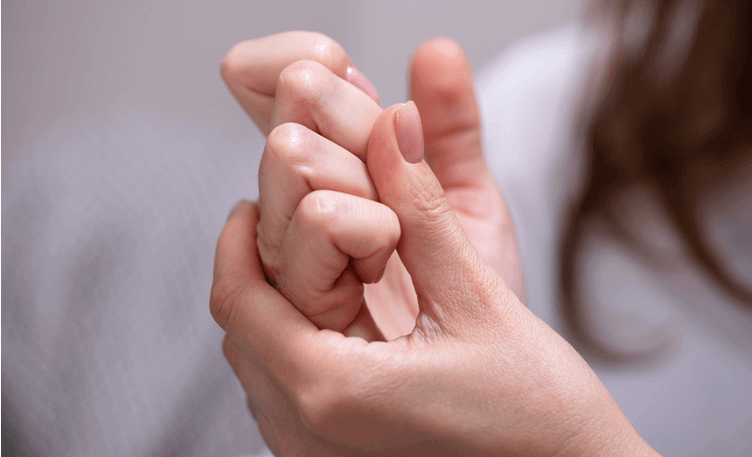
There are several risk factors for arthritis, including age, genetics, obesity, joint injuries, and infections. Age is a significant risk factor for arthritis, and the risk increases as you get older. Genetics also play a role in the development of arthritis, as some types of arthritis are hereditary.
How Can You Prevent Arthritis?
While you cannot prevent arthritis entirely, there are several things you can do to reduce your risk. Maintaining a healthy weight, staying physically active, and avoiding joint injuries can help reduce your risk of developing arthritis. Eating a healthy diet that is rich in fruits, vegetables, and whole grains can also help reduce inflammation in the body, which can contribute to arthritis.
How Can You Manage Arthritis?

If you have arthritis, there are several things you can do to manage your symptoms. Exercise can help reduce pain and stiffness in the joints, as well as improve flexibility and strength. Physical therapy can also be beneficial for people with arthritis, as it can help improve mobility and reduce pain. Medications such as nonsteroidal anti-inflammatory drugs (NSAIDs) and disease-modifying antirheumatic drugs (DMARDs) can also be used to manage arthritis symptoms.
The Bottom Line

Cracking joints is a common habit that many people have, but it does not cause arthritis. While there are several risk factors for arthritis, such as age, genetics, and obesity, cracking joints is not one of them. However, if you experience pain or discomfort while cracking your joints, it is best to consult a doctor to rule out any underlying joint problems.
Related video of Does Cracking Joints Lead To Arthritis?
Circumcision is a surgical procedure that involves removing the foreskin from the penis. It is usually done for religious or cultural reasons, but it can also be done for medical reasons. The procedure is usually performed on newborns or infants, but it can also be done on older boys or men. If you are 16 years old and considering circumcision, you may be wondering if the procedure will hurt. In this article, we will explore this question in detail.
What Happens During Circumcision?

During circumcision, the foreskin is removed from the penis. The procedure is usually done under local anesthesia, which means that you will be awake but your penis will be numb. If you are nervous or anxious, your doctor may give you a sedative to help you relax. Once the anesthesia has taken effect, the doctor will use a scalpel or a special tool to remove the foreskin. The procedure usually takes about 30 minutes.
Will Circumcision Hurt?

While circumcision is a surgical procedure, it is generally not very painful. The local anesthesia will numb your penis, so you should not feel any pain during the procedure. After the procedure, you may experience some discomfort, but this can usually be managed with over-the-counter pain medication and by following your doctor's instructions for post-operative care.
What Are the Risks of Circumcision?
/arc-anglerfish-tgam-prod-tgam.s3.amazonaws.com/public/BFDUTSTIHJDHFDRHKAKCEDARIU)
Like any surgical procedure, circumcision carries some risks. These risks include bleeding, infection, and scarring. However, these risks are relatively low and can usually be managed with proper care and attention to the surgical site. Your doctor will provide you with detailed instructions on how to care for the surgical site after the procedure to minimize the risk of complications.
How Can You Prepare for Circumcision?

If you are considering circumcision, there are a few things you can do to prepare for the procedure. First, talk to your doctor about any concerns or questions you have. Your doctor can provide you with information about the procedure and what to expect. You should also follow any instructions your doctor gives you for preparing for the procedure, such as fasting or avoiding certain medications.
What Should You Expect After Circumcision?

After circumcision, you will need to take some time to rest and recover. You may experience some discomfort or pain for a few days after the procedure, but this should gradually improve over time. Your doctor will provide you with instructions on how to care for the surgical site and manage any pain or discomfort you may experience. You should also avoid any strenuous activity or sexual activity for a few weeks after the procedure to allow your body time to heal.
Conclusion
If you are considering circumcision at 16 years old, you may be wondering if the procedure will hurt. While circumcision is a surgical procedure, it is generally not very painful. The local anesthesia will numb your penis, so you should not feel any pain during the procedure. After the procedure, you may experience some discomfort, but this can usually be managed with over-the-counter pain medication and by following your doctor's instructions for post-operative care. As with any surgical procedure, there are some risks involved, but these risks are relatively low and can usually be managed with proper care and attention to the surgical site.
Related video of Does Circumcision Hurt At 16?

Caffeine is a natural stimulant found in coffee, tea, chocolate, and other food and drinks. It is widely consumed around the world and is known to provide a boost of energy and increased alertness. However, there has been a long-standing belief that caffeine can stunt growth in children and teenagers. In this article, we will explore the truth behind this claim and whether caffeine really does stunt your growth.
What is Caffeine?

Caffeine is a naturally occurring stimulant that is found in coffee beans, tea leaves, cocoa beans, and other plants. It works by stimulating the central nervous system, which can increase alertness and reduce fatigue. Caffeine is also known to improve mental performance, boost metabolism, and even enhance athletic performance.
How Much Caffeine is Safe?

While caffeine is generally safe for most people, it can cause adverse effects if consumed in large quantities. The recommended safe intake of caffeine varies depending on age, weight, and other factors. In general, adults can safely consume up to 400mg of caffeine per day, which is equivalent to about four cups of coffee. However, children and teenagers should limit their intake of caffeine, as their bodies may be more sensitive to its effects.
Does Caffeine Stunt Growth?

There is a common belief that caffeine can stunt growth in children and teenagers. However, this claim is largely a myth. While caffeine does affect the body's absorption of calcium, which is necessary for bone growth, it does not appear to have a significant impact on overall growth. In fact, studies have shown that moderate caffeine intake is not associated with reduced bone density or increased risk of fractures in children and teenagers.
What Are the Other Effects of Caffeine?

While caffeine may not stunt growth, it can have other effects on the body. These include:
- Increased heart rate and blood pressure
- Increased urination
- Insomnia or difficulty sleeping
- Anxiety and nervousness
- Headaches and migraines
It is important to be aware of these potential side effects and to consume caffeine in moderation.
Conclusion
In conclusion, there is no evidence to suggest that caffeine stunts growth in children and teenagers. While caffeine may have other effects on the body, such as increased heart rate and blood pressure, it can be consumed safely in moderate amounts. As with any food or drink, it is important to be aware of the potential risks and to consume caffeine in moderation.
Related video of Does Caffeine Stunt Your Growth?
When it comes to cleaning, bleach is one of the most commonly used household disinfectants. It is known for its strong oxidizing properties that can kill bacteria, viruses, and fungi. However, there is a common myth that bleach can destroy DNA. Is it true or just a misconception? Let's find out.
What is DNA?
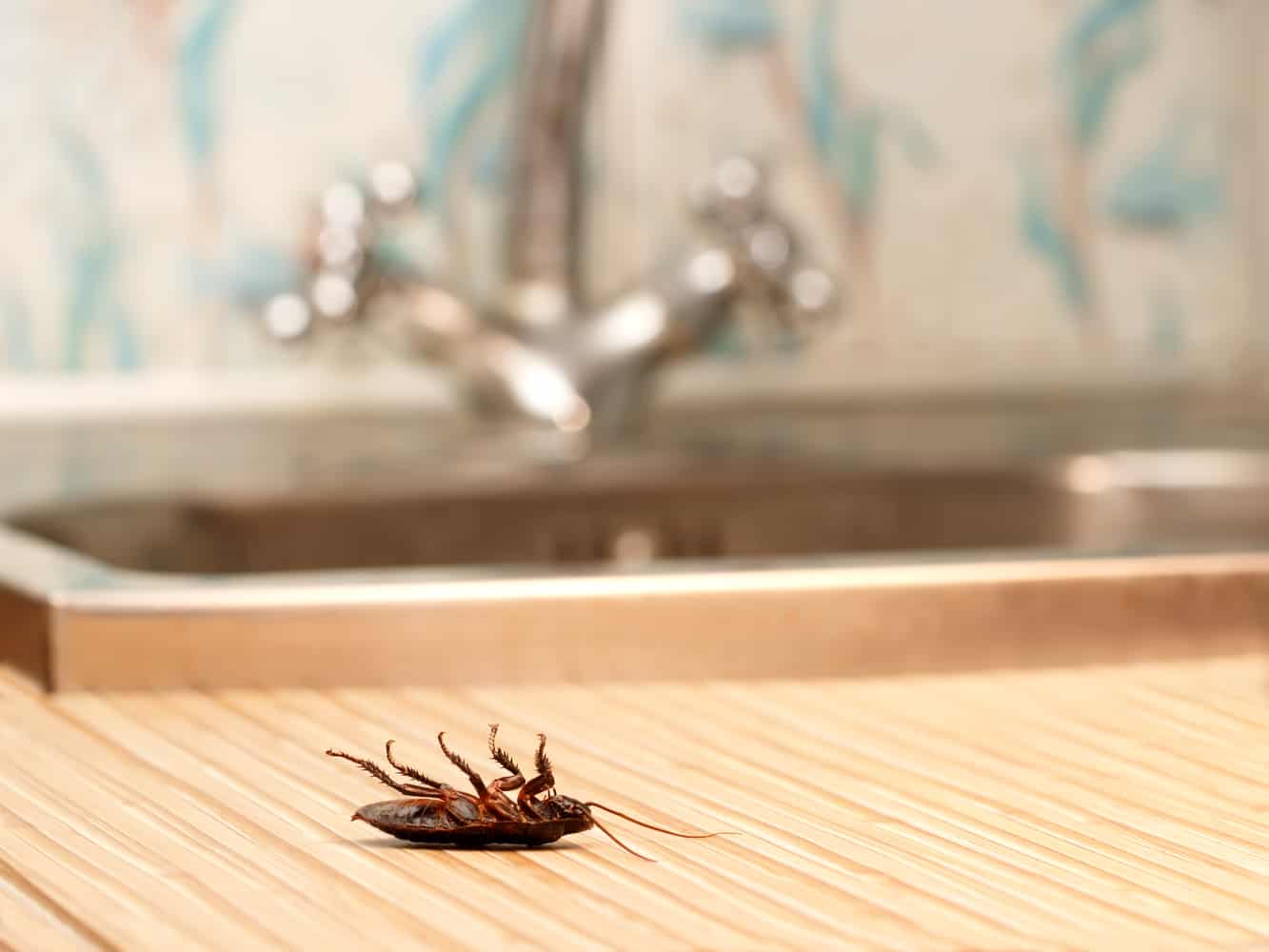
DNA or Deoxyribonucleic acid is a molecule that carries genetic information in all living organisms. It is the blueprint of life that determines our physical and biological characteristics.
How does Bleach work?
Bleach is a strong oxidizing agent that works by breaking down the chemical bonds of organic matter, including proteins and enzymes. It destroys the cell membrane of microorganisms, leading to their death.
Can Bleach Destroy DNA?

Although bleach is a powerful disinfectant, it cannot destroy DNA. DNA is a highly stable molecule that can withstand extreme conditions such as high temperatures, radiation, and chemicals. Even though bleach can break down the chemical bonds of organic matter, it cannot break down the strong covalent bonds of DNA.
What can Destroy DNA?

Several factors can damage or destroy DNA, including:
- UV Radiation: Exposure to UV radiation from the sun or tanning beds can cause DNA damage and mutations.
- X-rays and Gamma rays: High-energy radiation can break the covalent bonds of DNA and cause severe damage.
- Chemicals: Some chemicals such as pesticides, industrial solvents, and cigarette smoke can damage DNA.
- Heat: High temperatures can cause DNA to denature and break down.
Conclusion
So, to answer the question, no, bleach cannot destroy DNA. DNA is a highly stable molecule that can withstand the oxidizing properties of bleach. However, there are several other factors that can damage or destroy DNA. Therefore, it is essential to handle DNA samples with care and avoid exposure to harmful agents.
Related video of Does Bleach Destroy DNA?
Bench Clothing is a popular brand that offers a wide range of clothing options for men, women, and children. One of the most common questions that people ask when it comes to Bench Clothing is whether the brand's clothing fits small. In this article, we will explore this question in detail and provide you with all the information you need to make an informed decision before purchasing Bench Clothing.
Understanding Bench Clothing Sizes

The first thing to understand is that Bench Clothing uses standard sizing conventions for its clothing. This means that the sizes are based on measurements that are used across the industry, so you can expect Bench Clothing to fit similarly to other brands that use these same measurements.
However, keep in mind that there may be some variation in the fit of Bench Clothing depending on the specific style of clothing you are looking at. For example, a fitted t-shirt may fit differently than a loose-fitting hoodie, even if both items are the same size.
Factors That Affect Fit

There are several factors that can affect the fit of Bench Clothing, including the cut of the garment, the material it is made from, and your own body shape and proportions.
The cut of the garment refers to the way in which it has been designed and tailored. Some cuts may be more fitted, while others may be looser and more relaxed. The material of the garment can also affect the fit, as some fabrics are more stretchy and forgiving than others.
Your own body shape and proportions will also play a role in how Bench Clothing fits on you. If you have a larger chest or hips, for example, you may find that certain styles of clothing fit differently on you than they would on someone with a smaller frame.
What Customers Are Saying

To get a better idea of how Bench Clothing fits, it can be helpful to read reviews from other customers who have purchased and worn the brand's clothing. In general, reviews for Bench Clothing are positive, with many customers praising the brand for its high-quality materials and comfortable fit.
However, there are some reviews that suggest that Bench Clothing may fit smaller than expected. Some customers have reported that they needed to size up in order to get a comfortable fit, while others have noted that certain styles of clothing may be more fitted than others.
How to Ensure a Good Fit

If you want to ensure a good fit when purchasing Bench Clothing, there are several things you can do. First, take your measurements carefully and refer to the brand's size chart to ensure that you are selecting the right size.
You may also want to consider trying on multiple sizes of the same item before making a purchase, especially if you are unsure about the fit. This can help you find the size that feels the most comfortable and looks the most flattering on your body.
Finally, keep in mind that Bench Clothing offers a range of styles and cuts, so if one style doesn't fit well, you may want to try another. With a little bit of experimentation, you should be able to find the perfect fit for your needs.
Conclusion
So, does Bench Clothing fit small? The answer is that it depends. While Bench Clothing generally uses standard sizing conventions, there may be some variation in the fit of different styles of clothing, and your own body shape and proportions will also play a role in how the clothing fits on you.
To ensure a good fit when purchasing Bench Clothing, take your measurements carefully, refer to the brand's size chart, and consider trying on multiple sizes of the same item before making a purchase. With a little bit of effort, you should be able to find the perfect fit and enjoy all the comfort and style that Bench Clothing has to offer.
Related video of Does Bench Clothing Fit Small?
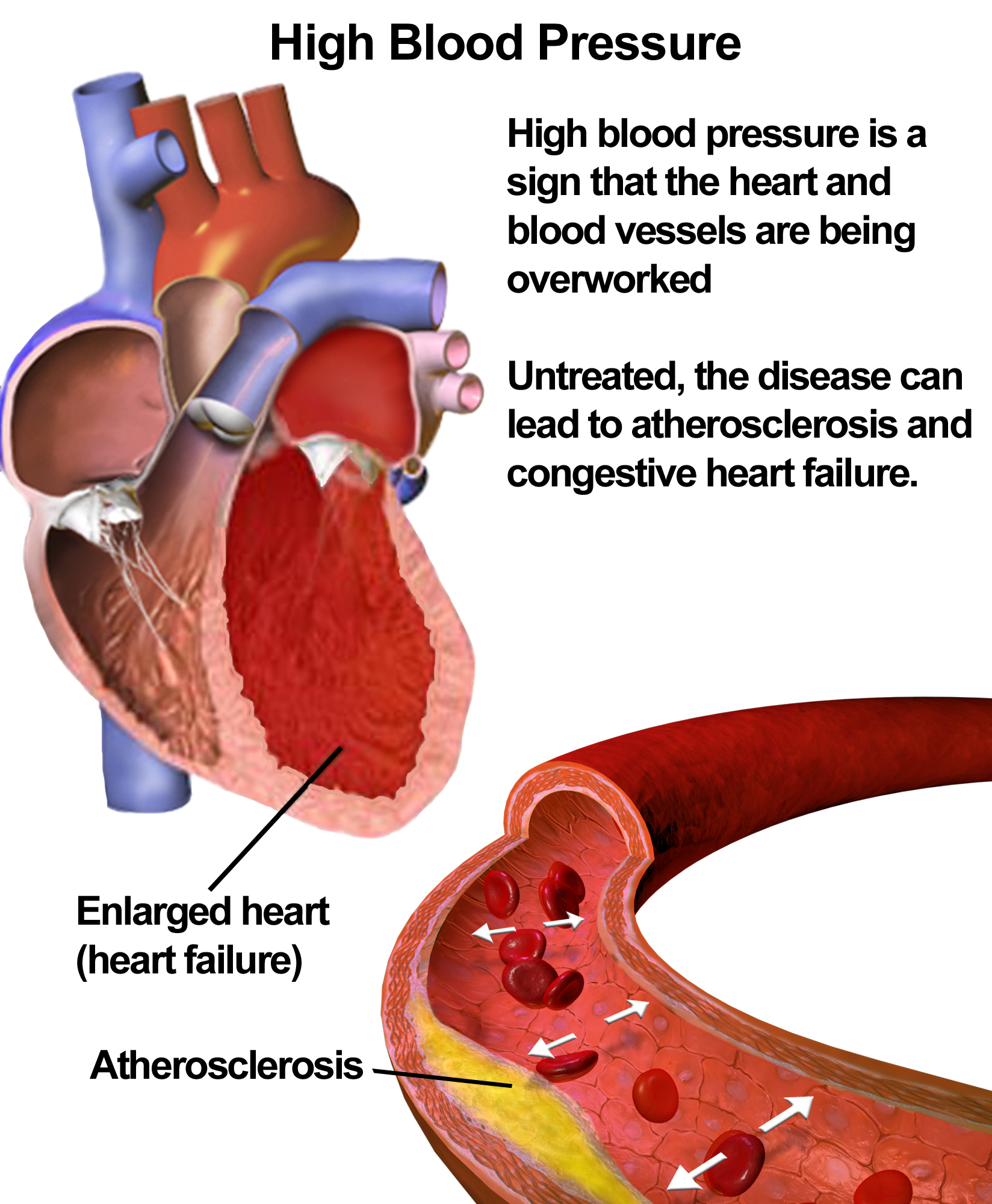
Aspartame is a popular artificial sweetener used in a variety of food and beverage products. While it is considered safe for consumption by the United States Food and Drug Administration (FDA), there have been concerns about its potential health effects, including its impact on blood pressure.
What is Aspartame?

Aspartame is a low-calorie artificial sweetener made up of two amino acids, phenylalanine and aspartic acid. It is commonly used as a sugar substitute in diet sodas, chewing gum, and other low-calorie products.
How Does Aspartame Affect Blood Pressure?
There have been conflicting studies on the relationship between aspartame consumption and blood pressure. Some studies have suggested that aspartame can increase blood pressure, while others have found no significant effect.
One 2017 study published in the American Journal of Hypertension found that daily aspartame consumption was associated with higher systolic blood pressure in older adults with obesity. However, a 2019 review of several studies concluded that there was not enough evidence to support a causal relationship between aspartame consumption and high blood pressure.
Other Health Concerns Related to Aspartame

While the effects of aspartame on blood pressure are still unclear, there have been other health concerns related to its consumption. Some people have reported experiencing headaches, dizziness, and other symptoms after consuming products containing aspartame.
Additionally, some studies have suggested that aspartame may be associated with an increased risk of certain health conditions, including cancer and neurological disorders. However, the FDA maintains that aspartame is safe for consumption at current levels.
Conclusion
The relationship between aspartame consumption and high blood pressure is still not fully understood. While some studies have suggested a link, others have found no significant effect. It is important to consume aspartame in moderation and to be aware of any potential side effects.
Meta Description: Learn about the potential impact of aspartame on blood pressure and other health concerns related to this popular artificial sweetener.
Meta Keywords: aspartame, high blood pressure, artificial sweetener, health concerns, phenylalanine, aspartic acid.
Related video of Does Aspartame Cause High Blood Pressure?
ads
Search This Blog
Blog Archive
- August 2022 (17)
- July 2022 (30)
- June 2022 (30)
- May 2022 (31)
- April 2022 (31)
- March 2022 (30)
- February 2022 (28)
- January 2022 (32)
- December 2021 (6)
About Me
